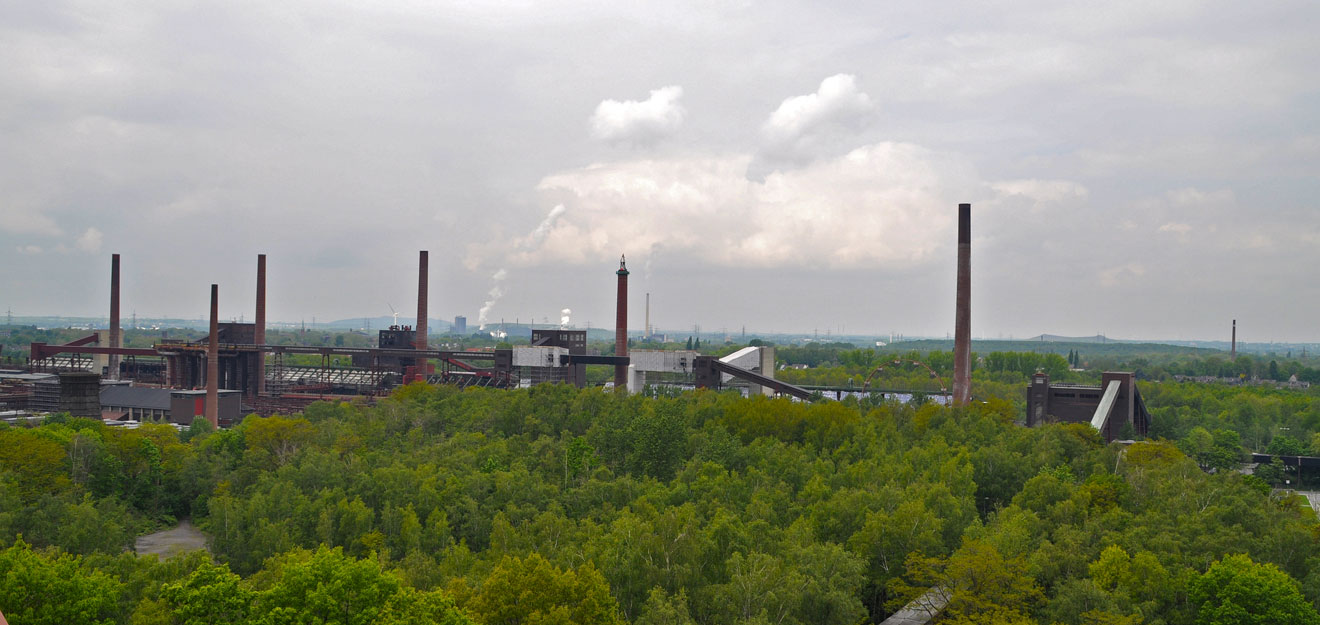In the mining industry, with the increasing awareness of sustainable development and environmental protection in society, mining enterprises are actively exploring the path of green transformation. Among them, excavating the waste heat wealth in the mine return air has become a remarkable green energy development project.
Mining, as an important source of energy and raw material supply, has long driven the development of industrial society at the cost of significant energy consumption and environmental pressure. However, traditional mining production methods not only have an impact on the geological environment, but also exacerbate the consumption of energy resources. In order to achieve sustainable development, green transformation of mining has become an urgent task.
Mine return air waste heat: a neglected energy treasure
The waste heat of mine return air refers to the high-temperature waste heat generated in the internal ventilation system of the mine. In traditional concepts, this part of energy is considered an inevitable loss and is ignored in the depths of the mine. However, with the advancement of technology and the rise of green energy, people are beginning to realize that this is a valuable energy resource that can be developed and utilized.
Technological Challenges and Innovations in Exploiting Waste Heat

Technical challenge: It is not easy to excavate the residual heat in the mine return air. The extraction and utilization of waste heat face a series of technical challenges due to factors such as high temperature, high humidity, and the complexity of gas composition.
Innovative Practice: In order to overcome these challenges, mining enterprises have begun to carry out innovative practices. Using waste heat recovery technology, such as exhaust air heat pump units, to convert high-temperature waste heat from mine return air into electricity or other forms of energy, providing renewable energy support for mining production.
The win-win effect of green energy
Energy efficiency: By excavating the residual heat of mine return air, not only can reliance on traditional energy be reduced, but also stable and renewable energy sources can be provided for mining production. The use of this green energy can reduce the overall energy consumption of mines and improve energy utilization efficiency.
Environmental benefits: The use of green energy not only reduces greenhouse gas emissions and negative impacts on the environment, but also enables mining enterprises to better fulfill their social responsibilities and achieve higher social reputation.
The green transformation of mining is a long and continuous project, and the excavation of residual heat from mine return air is one of the shining pearls. In the future, with the advancement of technology and the deepening of green concepts, this project will be more widely promoted.
However, it also faces a series of challenges, such as the pressure of technological innovation, cost investment issues, and uncertainty in policies and regulations. Mining enterprises need to find a balance point in the process of green transformation, which not only ensures the sustainable development of mining, but also meets the expectations of society and the environment.
The green transformation of mining is a complex and urgent task, and exploring the residual heat in the mine return air provides a feasible solution. Through innovative practices, technological upgrades, and experience sharing, mining enterprises can strive to achieve sustainable green development and become leaders in promoting the transformation of mining formats. In this process, the residual heat in the mine return air will become a wealth of green energy, injecting new vitality and vitality into the mining industry.







Comment